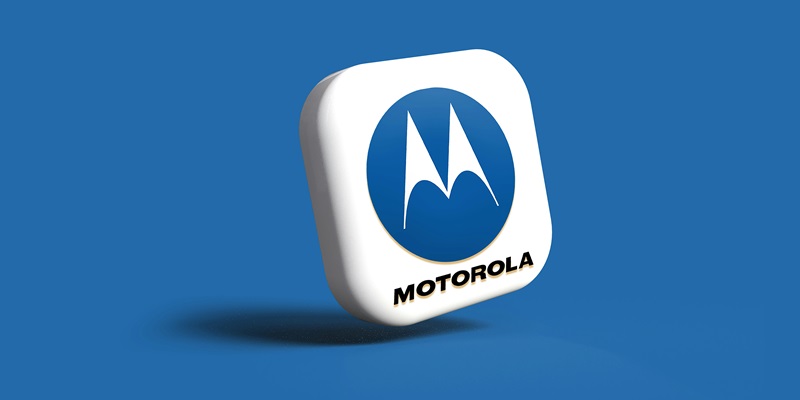In the fierce combat zone of high-end smartphones, the Motorola Edge 50 Ultra has emerged, brandishing its unique features as it attempts to unsettle the Google Pixel 8 Pro from its prestigious position. The battlefield is nuanced – every corner counts, from design to performance, and both contenders know it. With the introduction of the Edge 50 Ultra, Motorola is not just stepping into the ring; it’s landing a punch with style. The device boasts an innovative design that’s sure to turn heads, featuring a choice between a sleek wood or sophisticated vegan leather back, challenging the standard aesthetics of metallic or glass finishes. And it doesn’t just stop with looks: the Edge 50 Ultra’s camera arrangement sits prettily flush with the smartphone’s body, a stark contrast to the protruding lenses often seen today.
Display and Performance Showdown
When it comes to displays, both the Motorola Edge 50 Ultra and the Pixel 8 Pro offer considerable screen real estate, but the former takes a leap with its 144Hz refresh rate, eclipsing the Pixel’s 120Hz. This isn’t just a numbers game; it’s about the smoothness and responsiveness that hardcore users and gamers covet. Both phones pride themselves on their peak brightness levels, ensuring that whether you’re under the midday sun or in a dim cafe, your content is crisp and clear.
At the heart of the Edge 50 Ultra lies the latest Snapdragon chipset renowned for its artificial intelligence (AI) prowess and battery efficiency. Here, Motorola could edge out the competition, as the Pixel 8 Pro relies on Google’s AI-focused Tensor G3 chipset. It’s a tight race, with both chips offering their unique selling propositions in AI features. As for storage, Motorola flexes its muscles by offering up to a whopping 1TB, dwarfing the Pixel’s max offering of 256GB, a clear win for data hoarders and media junkies.
Camera Capabilities and Software Smarts
The Motorola steps into the photographic ring with a 50MP main camera, challenging the splendor of the Pixel’s camera fame. Each boasts distinct merits, and while Google’s prowess in smartphone photography is time-honored, Motorola’s bold entry with its triple-camera ensemble invites photo buffs to reconsider. The battlefield of smartphone greatness extends beyond hardware to image fidelity and versatility.
The essence of a smartphone, though, is its software. The Pixel 8 Pro is a paragon of seamless updates and AI sophistication, thanks to Google’s AI acumen. Motorola’s own Android 14 with My UX brings AI ambitions to the fore, but matching Google’s software proficiency is an enduring contest. Brand loyalty and a robust ecosystem often dictate user preference, a domain where Google excels.
The Motorola Edge 50 Ultra mounts a formidable offense against the Pixel 8 Pro, blending style, high-end performance, and a formidable camera array with generous storage options to make an audacious stand. Nevertheless, the Pixel 8 Pro counters with its unrivaled software fluency and AI harmony. Ultimately, individual predilections and brand affection could tip the scales, but the rivalry serves consumers, delivering more flagship choices that align with their desires and personal flair.

